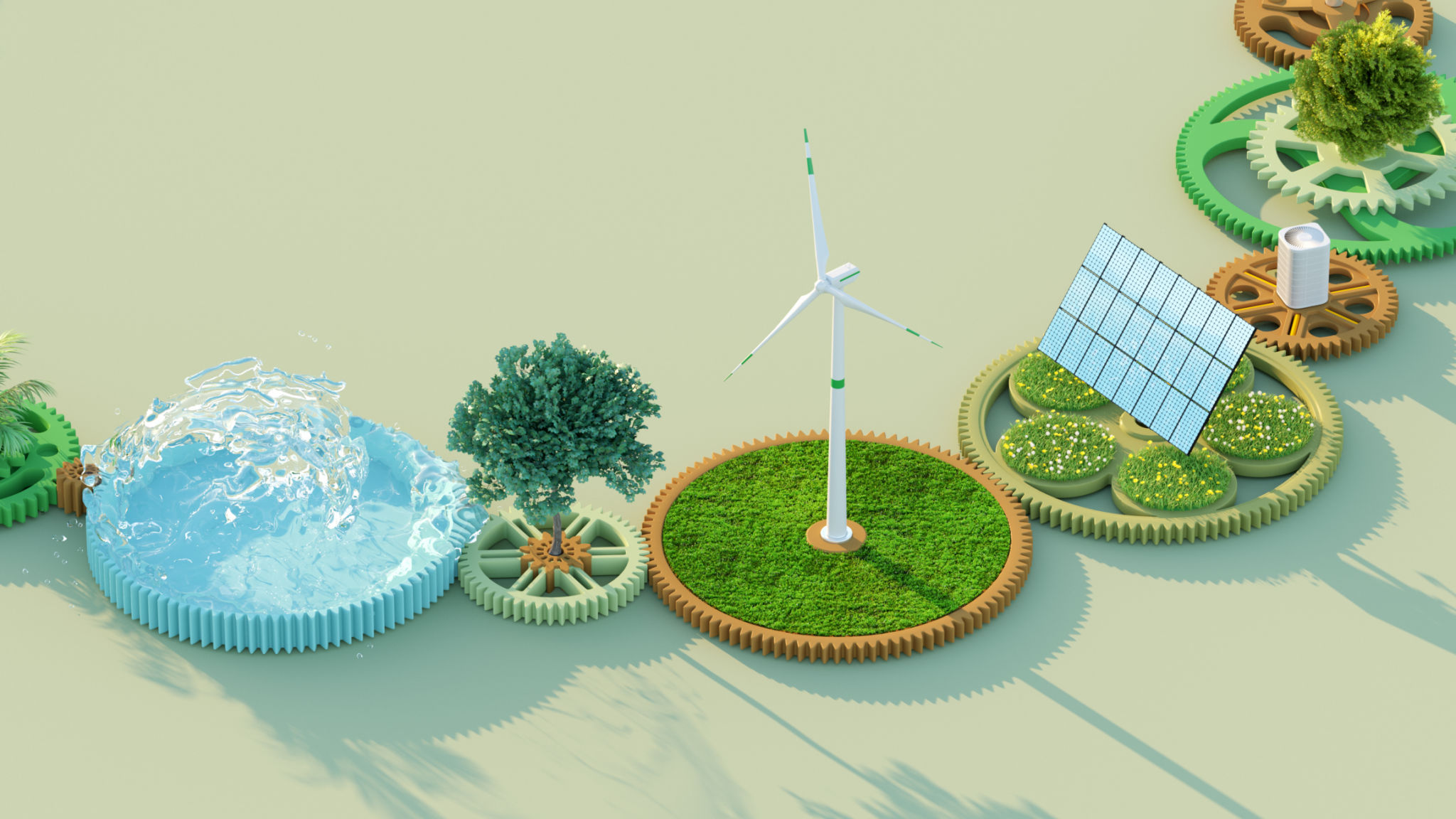A Guide to Using Waste-to-Electricity Solutions for Heat and Compost Production
Understanding Waste-to-Electricity Solutions
In today's world, the effective management of waste is crucial. Waste-to-electricity solutions offer a sustainable method to convert waste into energy, providing electricity, heat, and even compost. These systems not only help in reducing landfill waste but also contribute to energy production, making them an integral part of modern environmental strategies.
The core principle behind waste-to-electricity solutions is to transform organic and inorganic waste into usable energy. By processing this waste through various technologies, we can generate electricity and heat while also producing compost, which is invaluable for agricultural purposes.

The Process of Generating Electricity from Waste
The process begins with the collection of waste materials, which can include household waste, industrial refuse, and agricultural residues. Once collected, the waste is sorted to separate organic materials from non-organic ones. This separation is vital as it determines the type of energy that can be produced.
After sorting, the organic waste undergoes anaerobic digestion or incineration. Anaerobic digestion involves breaking down organic material in an oxygen-free environment, resulting in the production of biogas. This biogas can be used to generate electricity and heat. On the other hand, incineration involves burning waste at high temperatures, producing energy in the form of heat.

Heat Production from Waste
One of the significant by-products of waste-to-electricity solutions is heat. The heat generated during waste incineration can be harnessed for various applications. This heat can be used for district heating systems, providing warmth to residential and commercial buildings. Additionally, it can be utilized in industrial processes that require substantial energy input.
The integration of heat recovery systems in waste-to-energy plants increases efficiency by capturing and reusing the heat produced during incineration. This not only reduces reliance on non-renewable energy sources but also minimizes greenhouse gas emissions.
Compost Production through Waste Solutions
Besides electricity and heat, waste-to-energy processes contribute to compost production. The organic waste that undergoes anaerobic digestion results in digestate, a nutrient-rich substance ideal for composting. This compost can be used to enhance soil quality in agriculture, promoting healthier plant growth and reducing the need for chemical fertilizers.

The use of compost derived from waste solutions supports sustainable agricultural practices. It helps in improving soil structure, retaining moisture, and supplying essential nutrients to crops. By incorporating compost into farming systems, we can close the loop in waste management and promote a circular economy.
The Environmental Benefits
Implementing waste-to-electricity solutions offers numerous environmental benefits. These systems reduce the volume of waste sent to landfills, thereby minimizing landfill-related pollution and methane emissions. Moreover, converting waste into energy reduces dependence on fossil fuels, contributing to a decrease in carbon footprint.
The dual advantage of producing renewable energy and valuable compost makes waste-to-energy solutions a cornerstone for sustainable development. As these technologies continue to evolve, they hold the potential to revolutionize our approach to waste management and resource utilization.

Adopting Waste-to-Energy Solutions
For businesses and municipalities considering adopting these solutions, several factors should be evaluated. These include the type and volume of available waste, the initial investment cost, and the desired output in terms of energy and compost. Collaborating with experienced providers can streamline the implementation process and ensure optimal results.
Ultimately, embracing waste-to-electricity solutions requires a commitment to sustainability and innovation. By tapping into these technologies, we not only address waste management challenges but also contribute to a cleaner, greener future for generations to come.
